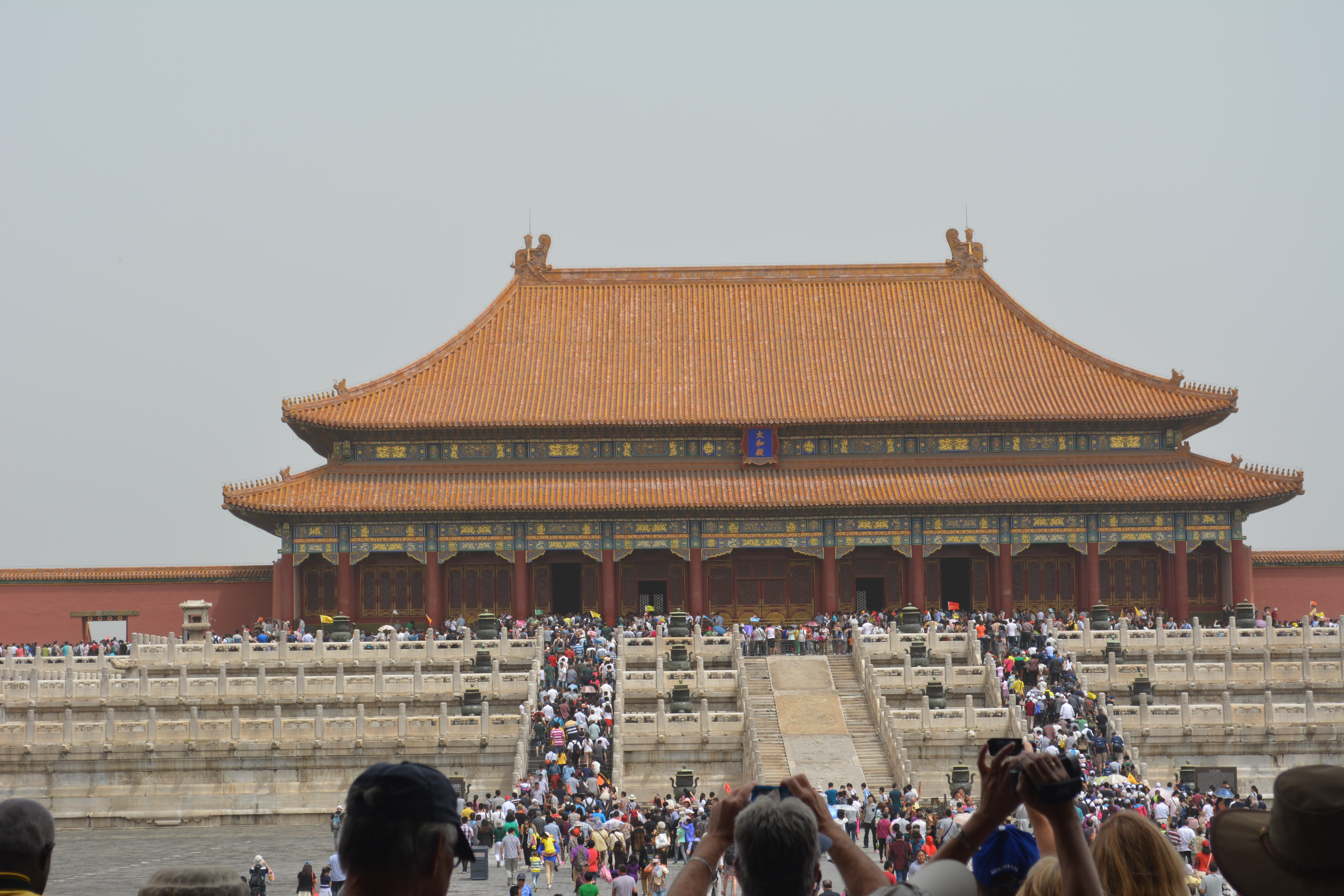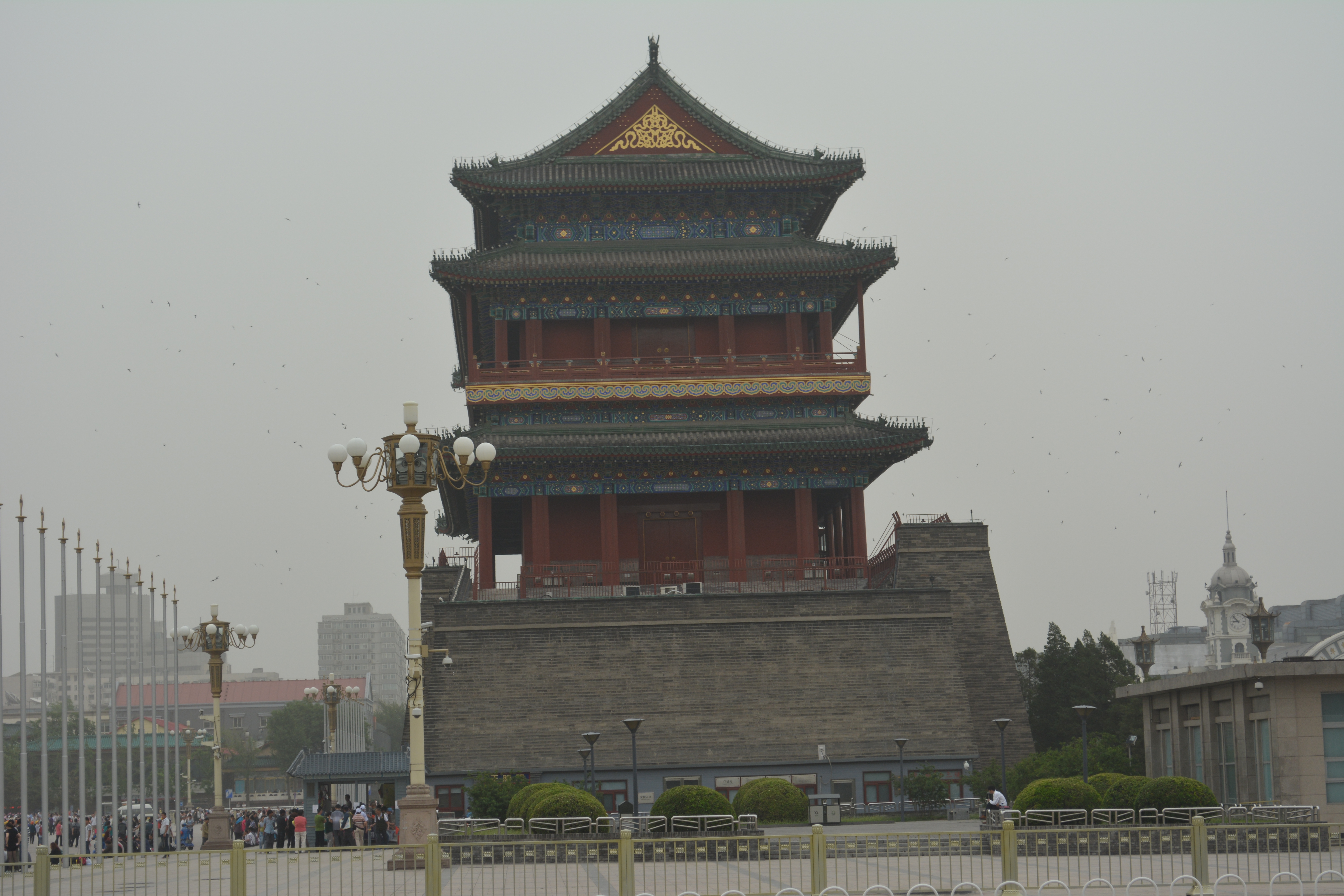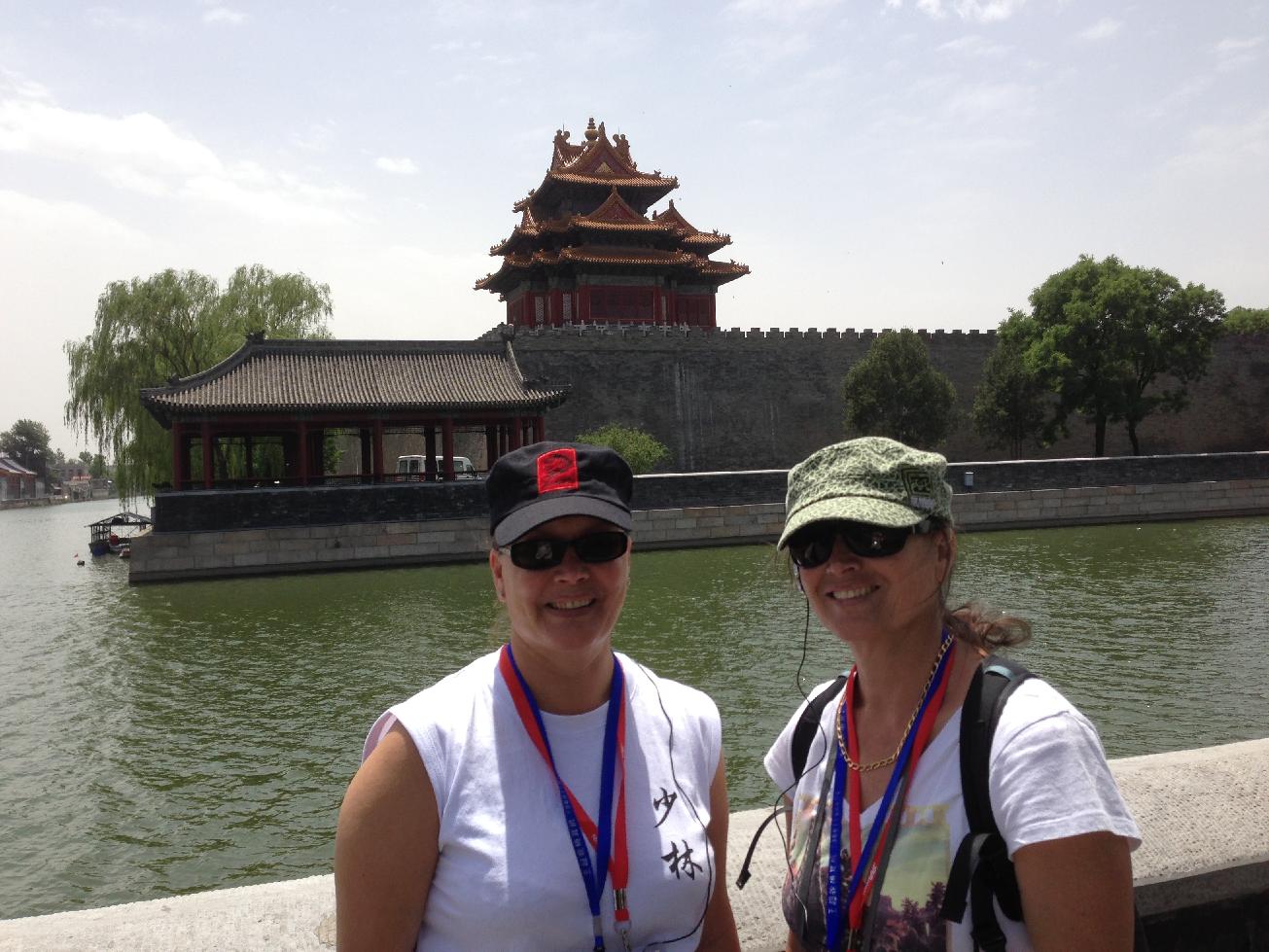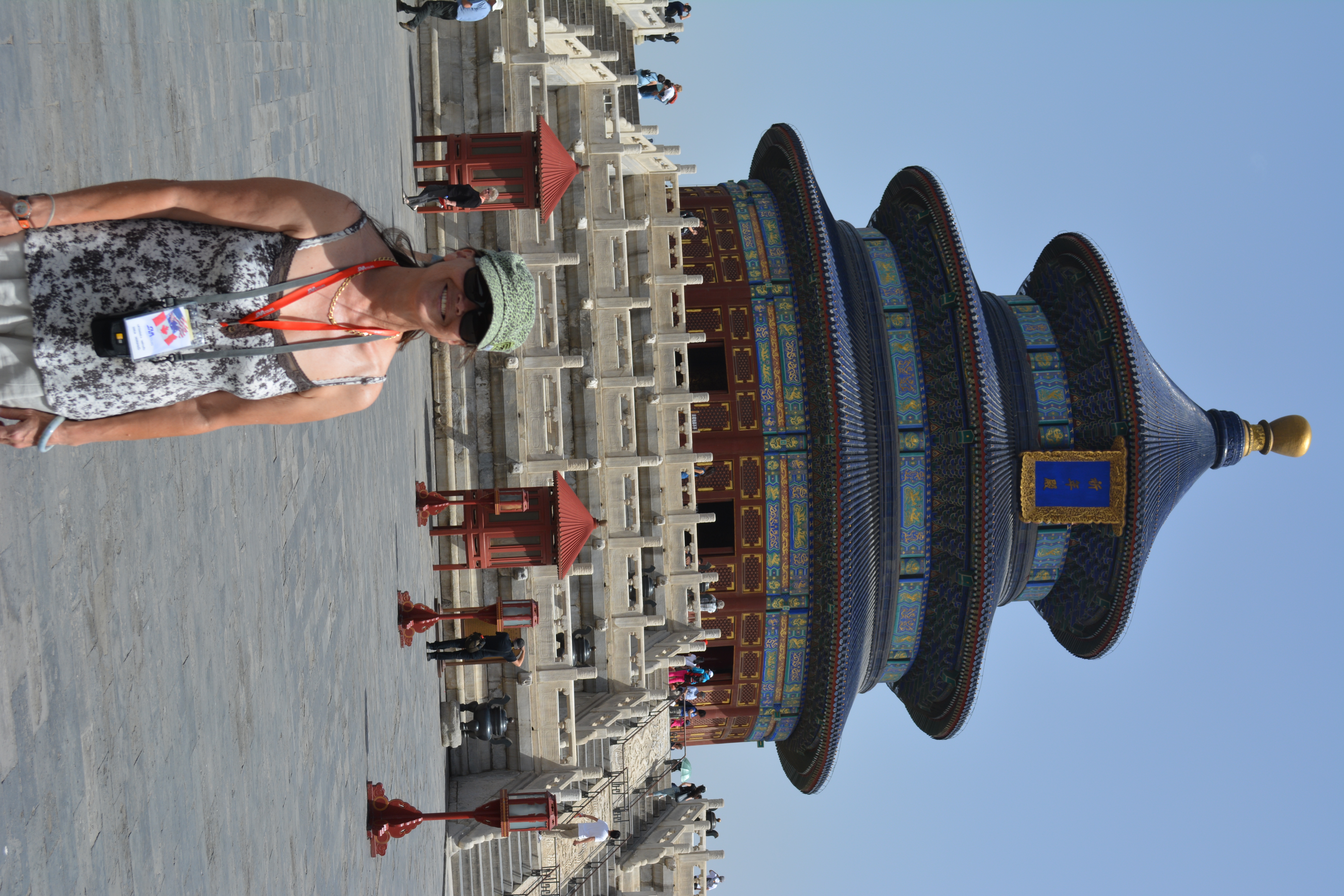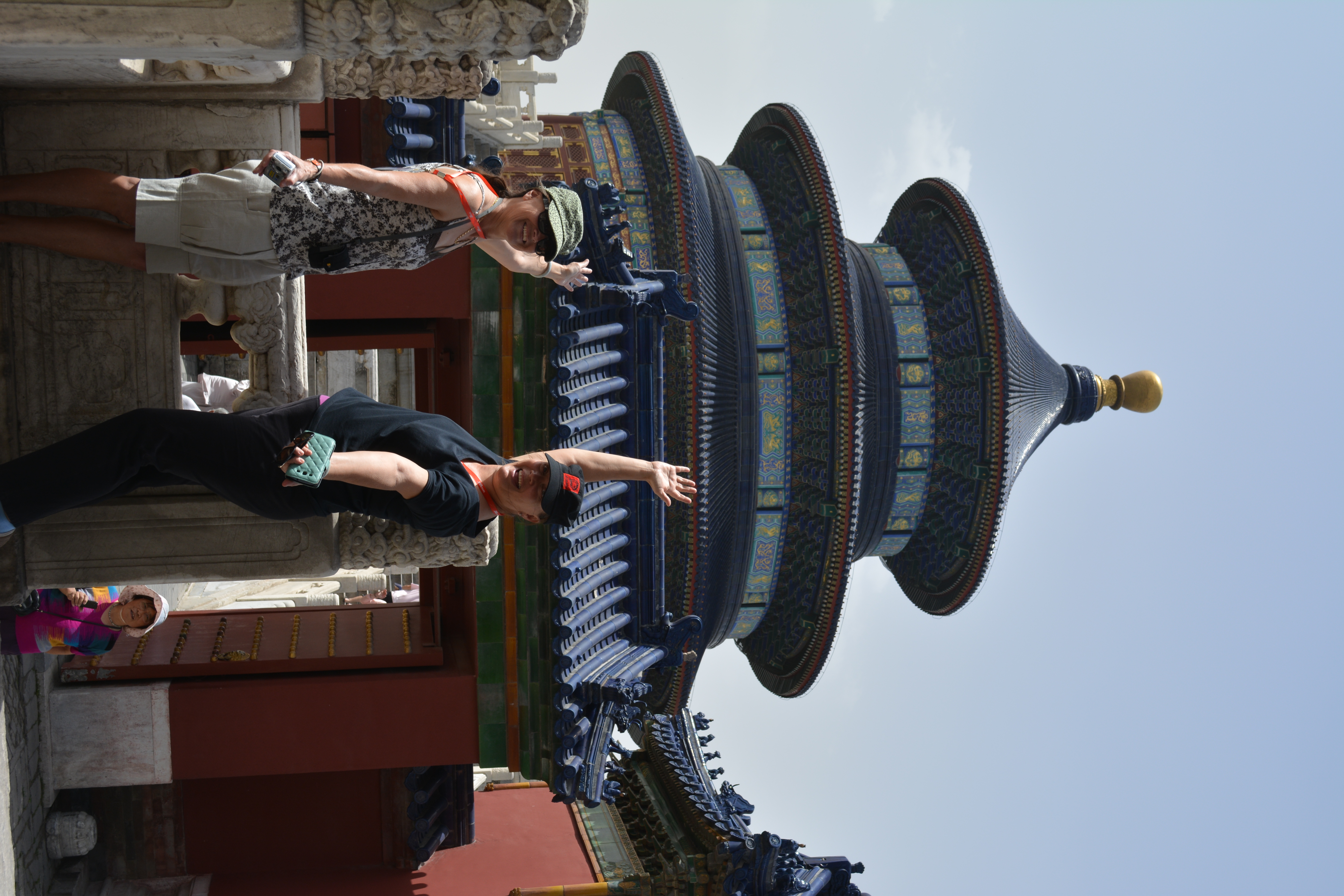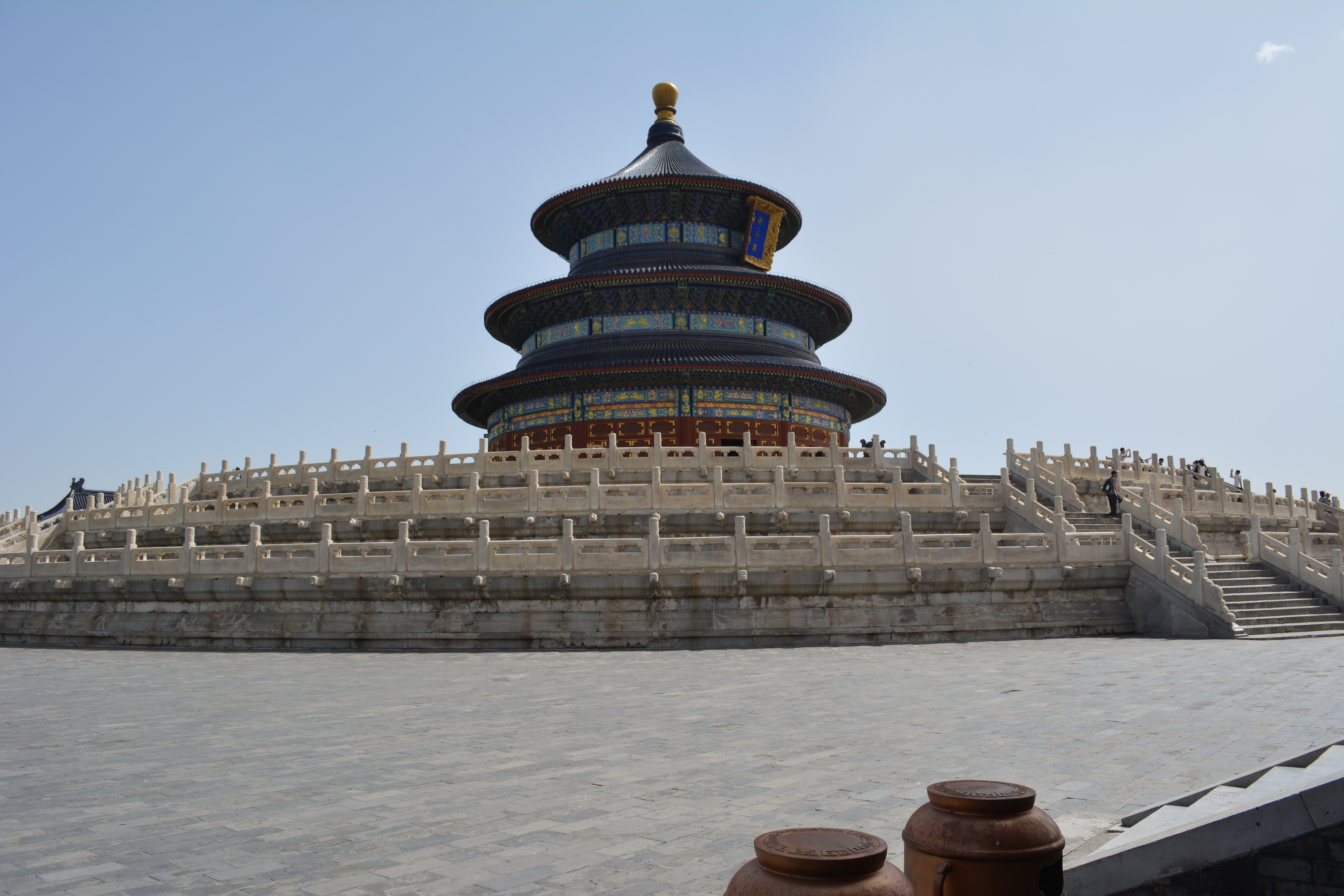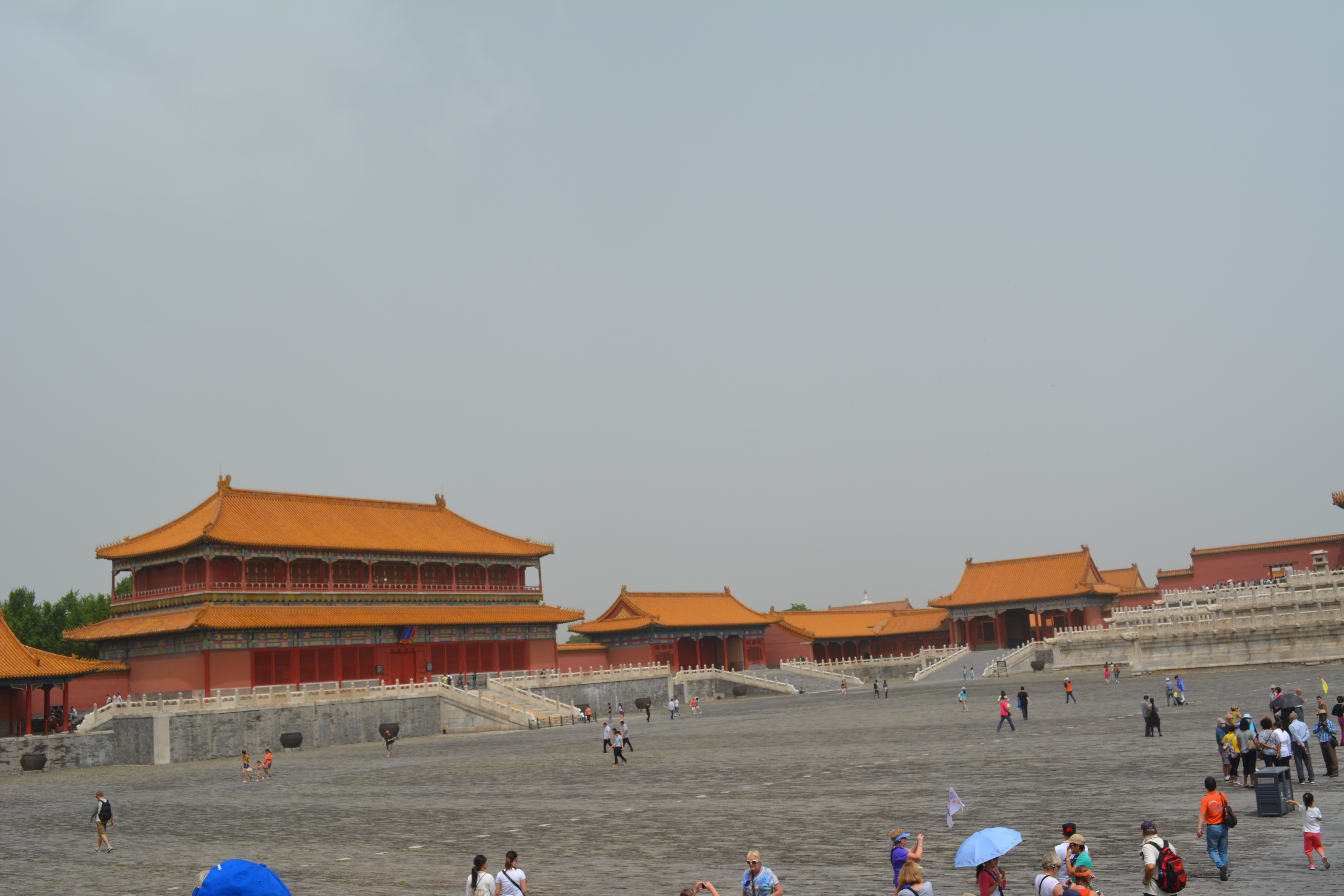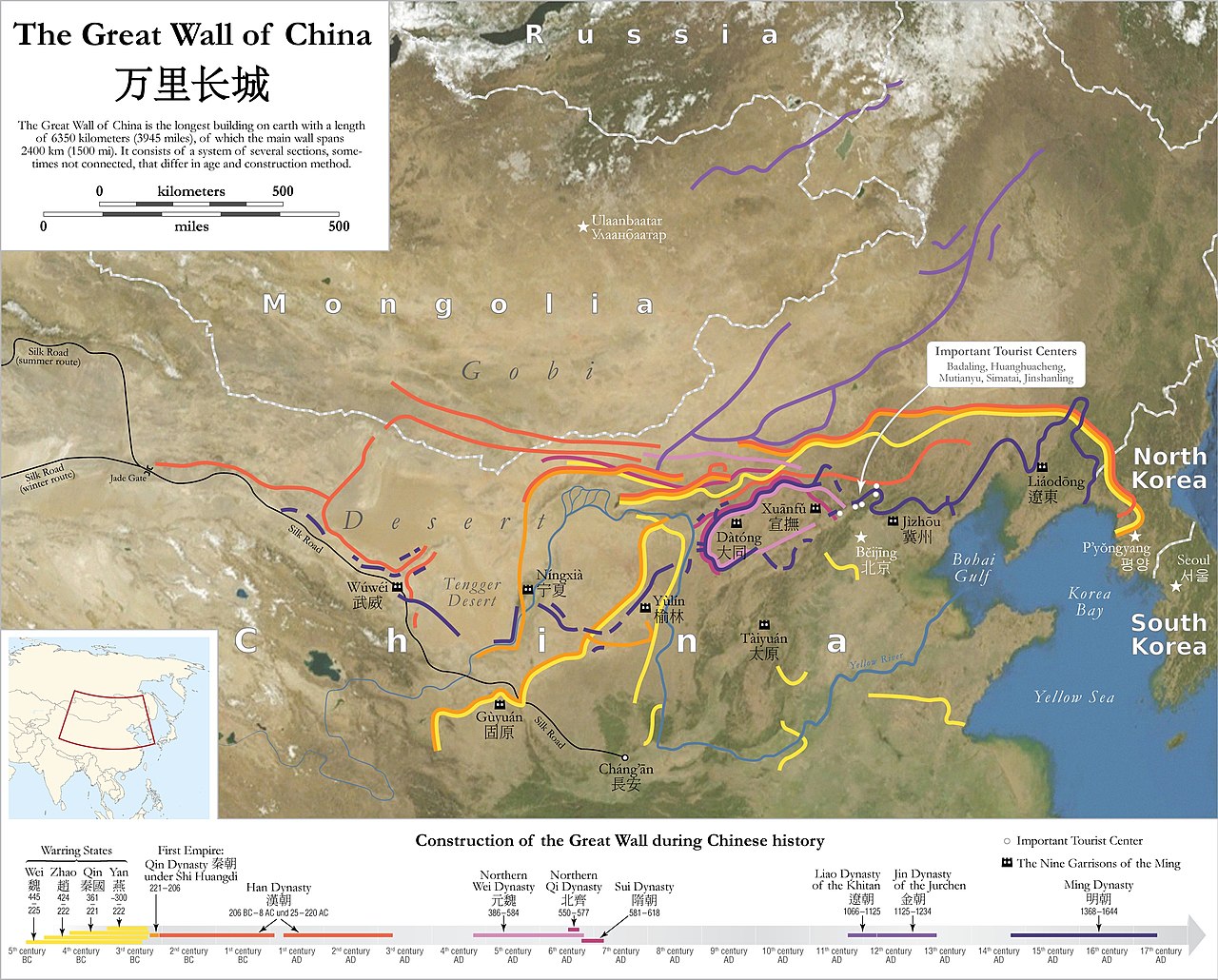
AsianOverland.net
Tour Guide - Itinerary
Asian Overland Sydney to London
Started 22/06/2022 Finished 21/06/2023365 Days ITINERARY
Day 73 date 02/09/2022NORTH KOREA to BEIJING, CHINA
ASIANOVERLAND.NET SYDNEY TO LONDON DAY 73: NORTH KOREA TO BEIJING, CHINA
We arrived in Beijing in 1985, looking forward to travelling along the Great Wall of China, and through Tibet across the Himalayas to Nepal, across the recently opened border. Unguided tours of individuals instead of groups were relatively unknown in China at the time, so we inadvertently entered China at Beijing without receiving an Immigration Entry stamp in our passports. This omission became a major issue five weeks later at Chinese Immigration on the Tibet/Nepal border when the Chinese Immigration official insisted that the only way to remedy the omission was to return over the Himalayas (with winter setting in), and return to Beijing to receive our Entry stamp. He said we could only depart from China after receiving the Entry stamp at the point of Entry, Beijing. After a friendly chat, he finally stamped our passports and we departed from China without ever receiving the Entry stamp, at Beijing or anywhere else.
The earliest traces of humans in the Peking area were found in the caves of Dragon Bone Hill in Fangshan District, where Peking Man lived. Homo erectus fossils from the caves date to 230,000 years ago. Homo sapiens also lived in Peking/Beijing more recently, about 27,000 years ago.
The first walled city in Beijing was Jicheng, the capital city of the state of Ji, built in 1045 BC. Defensive walls have been built around and north of Beijing for nearly three thousand years after that.
Beijing was besieged by Genghis Khan's invading Mongolian army in 1213 and razed to the ground two years later. Two generations later, Kublai Khan ordered the construction of Dadu, a new capital for his Yuan dynasty to the northeast of the Zhongdu ruins. Construction was from 1264 to 1293, and greatly enhanced the status of Dadu/Beijing on the northern frontier of China. The city was based around the Drum Tower slightly to the north of modern Beijing and stretched from the present-day Chang'an Avenue to the northern part of Line 10 subway. Remnants of the Yuan rammed earth wall still stand and are known as the Tucheng.
In 1368, rebel leader Zhu Yuanzhang captured Dadu and razed the Yuan palaces to the ground. The Yuan continued to occupy Shangdu and Mongolia, and Dadu was used to supply the Ming military garrisons in the area and renamed Beiping.
The city of Beiping became Beijing ("Northern Capital") in 1403. The construction of the new imperial residence, the Forbidden City, took from 1406 to 1420.
The Forbidden City is one of the wonders of the world. Although it had more rustic charm in 1985, 30 years later it has retained its ancient charm. I mention this because many cities “modernise” and lose their ancient charm and temples, but the Forbidden City isn’t one of them, even though it has many more visitors than in 1985 (or 1420).
The early 1400’s were also the era of other wonderful building developments in Beijing, such as the Temple of Heaven and Tian'anmen.
On 28 October 1420, Beijing was officially designated the capital of the Ming dynasty in the same year that the Forbidden City was completed. Beijing became the empire's primary capital, and Nanjing ("Southern Capital"), became the co-capital.
Beijing was the largest city in the world for most of the 15th, 16th, 17th, and 18th centuries. The first known church was constructed by Catholics in 1652 at the former site of Matteo Ricci's chapel and the modern Nantang Cathedral was later built upon the same site.
The capture of Beijing by Li Zicheng's peasant army in 1644 ended the Ming dynasty, which abandoned the city without a fight when the Manchu army of Prince Dorgon arrived. Some of the best relics of the Ming dynasty era are the Ming Tombs north of Beijing, well worth a visit.
The Ming city wall continued in operation until modern times, when it was pulled down and the 2nd Ring Road was built in its place.
China’s southern capital, Nanjing, was the site of the Nanjing Massacre, the mass murder of Chinese civilians immediately after the Battle of Nanjing in the Second Sino-Japanese War by the Imperial Japanese Army. Beginning on December 13, 1937, the massacre lasted for six weeks. The Japanese perpetrators also committed mass rape, looting, and arson. The massacre was one of the worst atrocities committed during World War II, with the death toll over 300,000, and over 80,000 rape cases.
© This work is copyright. Apart from any use permitted under the Copyright Act 1968, no part may be reproduced by any process, nor may any other exclusive right be exercised, without the permission of Peter Searle, peter@portseavillageresort.com; 1980-2024.
Website built by Justin O’Dea www.webdeveloperdocklands.com.au


